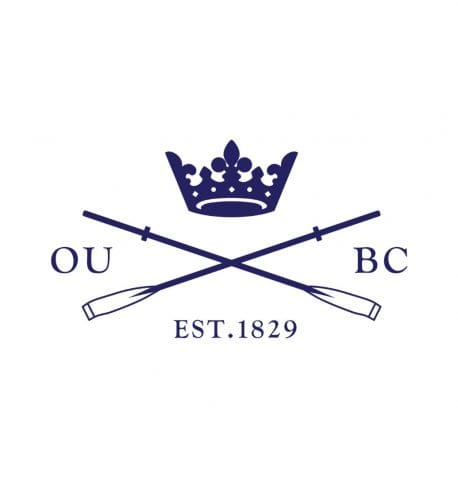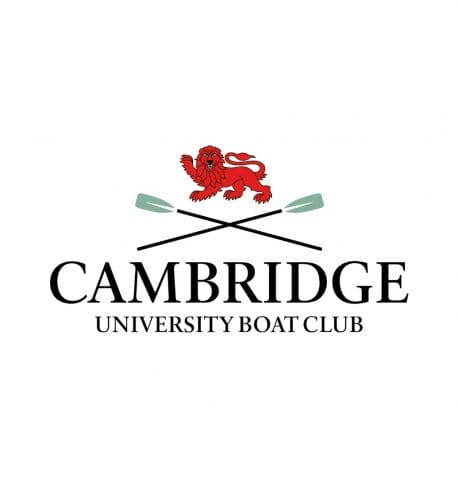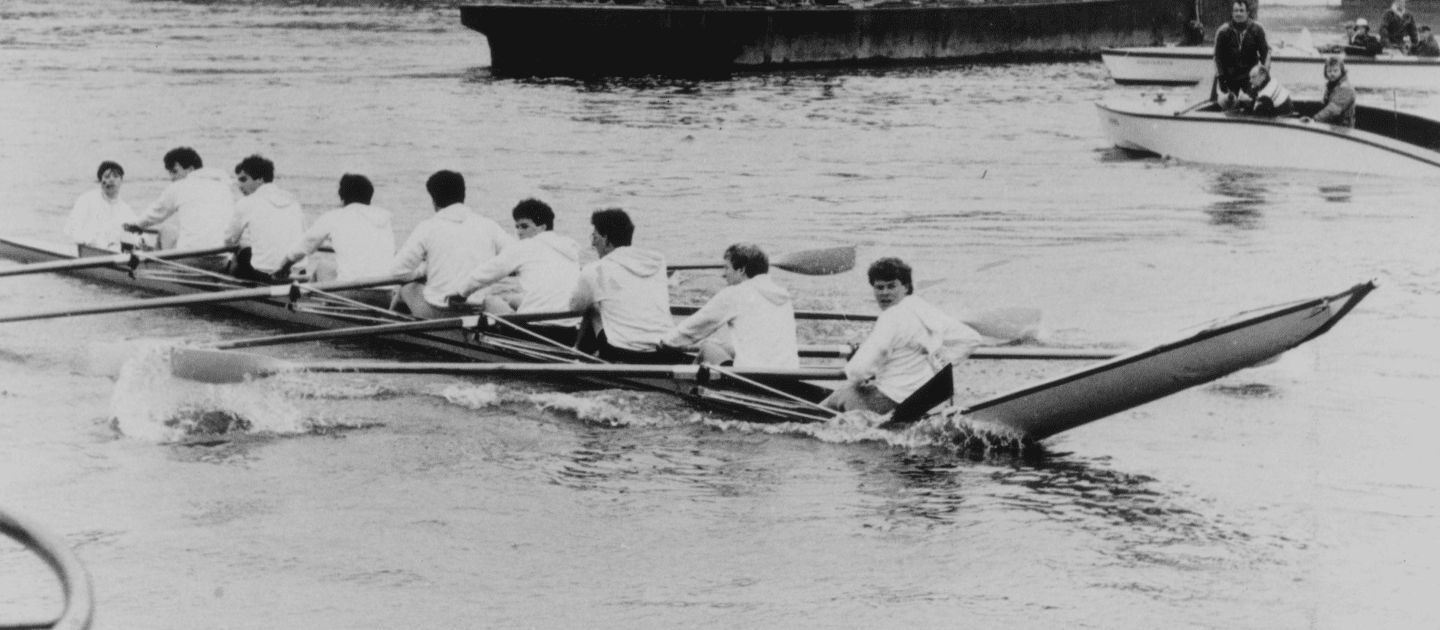Forty years ago, a new chapter was written in the Boat Race’s rich and varied history, and we talked to three of those who had key parts on an eventful weekend.
When you are told to prepare for the unexpected, it is probably fair to presume that even with the best planning possible, no-one could have imagined what was to happen at the 1984 Boat Race.
In the long and illustrious history of both the men’s and women’s races, it could be argued that there have been few as eventful a renewal as the 130th Boat Race.
If you were to draw up a ticklist to create a TV dramatisation of the sport, it would probably include a crash, a sinking, a postponement, a first in 155 years and a record time, but you would also probably be told that would never happen – well, it did on 17 and 18 March, 1984.
“As the umpire, I was setting the stakeboats, a messy task involving a great deal of time, when I noticed the Cambridge crew paddle past against the Middlesex bank warming up towards Wandsworth,” says Mike Sweeney, taking up the story.
“Some time later, while still struggling to get the Surrey stakeboat in position, I heard a roar from the crowds gathering on Putney Bridge, waiting for the start of the race.
“As I looked up I saw that the Cambridge crew were racing flat out up the centre of the river towards the start line.”
An hour from the off, a small barge/tug had been located just downstream from the start line, towards Putney Bridge, for the Oxford and Cambridge following vessels to moor onto while waiting for the start, and within 10 seconds of Sweeney glancing over, Cambridge had rowed straight into it.
“My first thought would probably have included a few expletives but then I was immediately into ‘rescue mode’,” says Sweeney.
The crash had shattered the bow section of the vessel, and sitting in Cambridge’s bow seat was Tony Reynolds.

“The first I knew of the crash was when our boat came to a grinding halt with our blades hitting the barge,” he explains.
“I think I must have brushed the barge as I had a red paint mark on my top, which is still there. The bow of the boat took the impact and ended up at 45 degrees.
“Funnily, my first reaction was to try and push the bows of the boat back down. Looking down into the boat I realised there was a gaping hole just behind me with water pouring in.”
Sweeney went over in the umpire’s launch to check everyone was safe and to assess the damage to the boat. The vessel was filling with water, but it had not sunk and they got back to Putney Pier, despite the rising tide.
“When I describe the incident to friends I always refer to the damage to the boat as a ‘reverse Concorde’,” says Sweeney.
While all this was happening to Cambridge, further downstream, the Oxford crew were oblivious to proceedings.
“We’re down going through our warm-up, and then somebody came over in a launch,” explains the Oxford cox on the day, Seth Lesser.
“I do remember, as clear as day, there was a helicopter right above, and I could barely hear anything. The person said ‘go in, Cambridge sunk’, and I said ‘what, what, I can’t hear you over the helicopter?’. When I finally heard, I said, ‘What? Are you kidding?’.”
Sweeney’s next challenge, along with other key organising stakeholders, was what would happen next.
Cambridge’s boat was unuseable, the tide was coming in fast, and it was being broadcast live on the BBC.
“In the end, the decision was very straightforward – move the race to the following day, the Sunday,” says Sweeney.
“We had the great fortune of the whole BBC Outside Broadcast Unit being available on the Sunday.
“I imagine that the decision to race on the sabbath would have been quite controversial 20 or 30 years prior to 1984, but for us it did not feature as an issue.”
There was no time for discussions in the Cambridge boathouse about what had happened, they were all soaking wet and had no boat to row in, so that was at the forefront of their minds.
However, Reynolds says: “It was inevitable that people would talk about the crash. To this day I will always defend Peter (Hobson, the Cambridge cox). We were totally focused on getting our race preparation right. We had practised our warm-up, but on the day the barge was moved into position for the vessels following the race to moor to.
“Starting our last warm-up piece Peter was totally unaware that the barge was going to be where it was. With limited forward visibility he didn’t see it through Putney Bridge.”
There was minimal impact for Oxford, though.
It was a crew of seasoned internationals, including Mark and Mike Evans, who went on to win gold medals with Canada at the Los Angeles Olympics that summer.
The only questions in the Dark Blues boathouse surrounded the Evanses, who had been due to fly out to the Canada team trials after the Boat Race, and Mike had been concerned about the consequences of moving the race to the Sunday, but coach Dan Topolski phoned Canada national coach Neil Campbell to ease the worries.
Cambridge had to borrow a boat from the Amateur Rowing Association, now British Rowing, for the actual race, which Reynolds admits was better than their damaged one. However, they had not had time to adjust to it.
And there was no stopping Oxford, who won by three-and-three-quarter lengths in 16 minutes 45 seconds, 13 seconds inside the course record.
“It was a thrilling ride that day,” says Lesser.
“We were never a pretty crew, but it was – when it caught a good sense of togetherness – a really lovely, fast, powerful boat.
“We’d gone for an outing that Sunday morning. Dan Topolski took me aside and said ‘you’ve got to know the times, you’re going to beat that record’.
“I had written on my leg all the splits, all the time records. I knew when we got to Hammersmith and were a little behind that we had some wind we were going to pick up, and I said, ‘We’re going for the record, we’re going to take it, we can do this’.
“The whole last two thirds of the race, I was racing the clock. It was like being in a car, you put your foot on the accelerator and all the power was there.
“They were locked in and rowing together, probably as well as we ever had, probably better than we ever had. It was exhilarating.”
A sign of the quality of the crews in 1984 was that Cambridge also dropped below the previous course record as 12 million watched along on TV.
Sweeney went on to umpire a further five Boat Races through to 1998, but never had to contend with an incident like 1984 again.
Lesser would cox Oxford to victory again in 1985 and Reynolds, who umpired the Men’s Boat Race in 2023, perhaps found a calling after the 1984 incident – he became safety advisor for the Thames Region of British Rowing.
“It was quite ironic and certainly a conversation starter if I needed to talk to clubs about safety on the river,” he says.
“Maybe, subconsciously, I didn’t want a repeat of what happened to me on that day. The one thing that helps to reduce most rowing incidents is ‘Keep a Good Lookout!’.”
WORDS: Mark Taylor
IMAGE: PA



